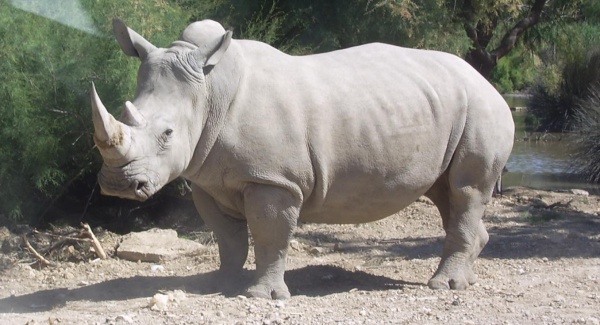Facts About White rhinoceros
The white rhinoceros, commonly known as the square-lipped rhinoceros, is the largest extant species of rhino and is noted for its sociable nature. There are two subspecies: the southern white rhinoceros, which is relatively abundant and primarily found in Southern Africa, and the critically endangered northern white rhinoceros, with only two individuals remaining in captivity.
The name "white rhinoceros" originated from a mistranslation of the Dutch word "wijd" meaning "wide" which was confused with "white." This term refers to the rhino's broad mouth, which is specially adapted for grazing. The lineage and evolution of the white rhinoceros are complex, with various theories regarding its ancestry. These rhinos are herbivores inhabiting grasslands and savannahs, where they play a crucial role in maintaining the ecosystem.
In terms of reproduction, white rhinos have distinctive courtship behaviors. Females attain sexual maturity earlier than males, and the gestation period lasts approximately 16 months. Calves are vigorously protected by their mothers. In their natural habitat, white rhinos have no predators other than humans, who hunt them for their horns. These horns are highly prized in traditional Asian medicine.
Despite significant conservation efforts, poaching remains a significant threat to white rhinos. The high demand for rhino horns on illegal markets drives poaching activities, endangering the species. Conservation strategies include relocating rhinos to protected areas like the Ol Pejeta Conservancy in Kenya and employing assisted reproductive technologies to preserve the genetic diversity of the northern white rhino.
In captivity, most white rhinos are southern white rhinos, with only a few northern white rhinos held in zoos. Continuous efforts are made to breed these rhinos to avert the extinction of the northern subspecies. Safeguarding the future of white rhinos heavily depends on robust conservation initiatives, anti-poaching measures, and increasing public awareness.

 Namibia
Namibia